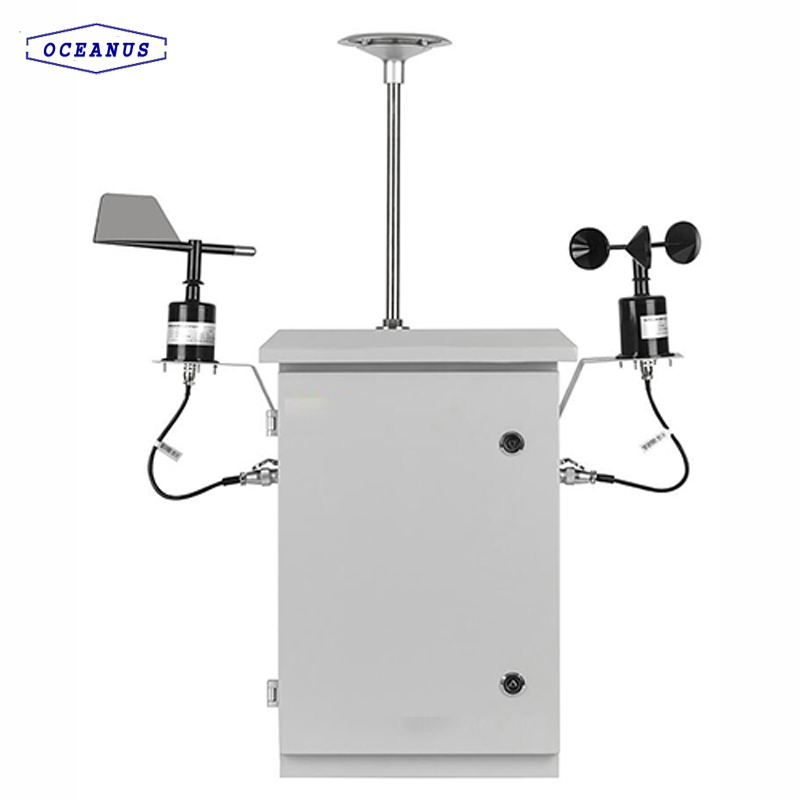Hazards of Air Pollution
The hazards of air pollution mainly include the following aspects
Endanger human body
Atmospheric pollutants are harmful to human body in many ways. The main manifestations are respiratory diseases and physiological dysfunction, as well as irritation of mucosal tissues such as eyes and nose, which is a chronic factor causing asthma in the elderly. Insufficiency of lung leads to physical decline.
When the concentration of pollutants in the atmosphere is very high, it will cause acute pollution poisoning, or worsen the symptoms, and even kill thousands of people in a few days. In fact, even if the concentration of pollutants in the atmosphere is not high, the human body breathes the polluted air for many years, which can also cause chronic bronchitis, bronchial asthma, emphysema and lung cancer and other diseases.
In the latest ranking of death causes of urban residents issued by the National Health and Family Planning Commission, malignant tumors rank first, and lung cancer ranks first. The incidence of lung cancer in China is 27% in males and 22% in females.
Harm to plants
Atmospheric pollutants, especially sulfur dioxide and fluoride, are very harmful to plants. When the concentration of pollutants is very high, it will cause acute harm to plants, causing the surface of plant leaves to be damaged, or directly causing the leaf to wither and fall off; when the concentration of pollutants is not high, it will cause chronic harm to plants, making the leaves of plants chlorotic, or seemingly invisible harmful symptoms, but the physiological function of plants has been affected, resulting in the decline of plant production and deterioration of plant quality.
Impacts on climate
The influence of atmospheric pollutants on weather and climate is very significant. It can be explained from the following aspects:
(1) Reduce the amount of solar radiation reaching the ground: a large number of dust particles emitted into the atmosphere from factories, power stations, automobiles and household heating equipment make the air very turbid, block the sun and reduce the amount of solar radiation reaching the ground. According to the observation and statistics, the amount of direct sunlight shining on the ground in the smoke-free days of large industrial cities is nearly 40% less than that in the smoke-free days. If air pollution is serious in cities, it will lead to poor growth and development of human beings, animals and plants due to lack of sunlight.
acid rain
(2) Increase the amount of atmospheric precipitation: many of the particulates discharged from large industrial cities have the function of condensation nodules. Therefore, when some other precipitation conditions in the atmosphere cooperate with it, there will be precipitation weather. In downwind areas of big industrial cities, precipitation is more.
(3) Acid rain: Sometimes the rain falling from the sky contains sulphuric acid. This acid rain is formed by the oxidation of sulfur dioxide, a pollutant in the atmosphere, to form sulfuric acid, which falls down with the natural precipitation. Sulfuric acid rain can destroy a large area of forests and crops, make paper, textiles, leather products and other corrosive breakage, deteriorate the anti-rust coatings of metals and reduce the protective effect, but also corrode and pollute buildings.
Over large industrial cities, because a large amount of waste heat is discharged into the air, the temperature of the air near the ground is higher than that in the surrounding suburbs. This phenomenon is called "heat island effect" in meteorology.
It is believed that carbon dioxide plays an important role in all kinds of atmospheric pollutants that may cause climate change. About 50% of the carbon dioxide emitted into the atmosphere from countless chimneys and other waste gas pipelines on Earth remains in the atmosphere. Carbon dioxide can absorb long-wave radiation from the ground and raise the temperature of the air near the ground. This is called the "greenhouse effect". It is roughly estimated that if the content of carbon dioxide in the atmosphere increases by 25%, the temperature near the ground can increase by 0.5-2 degrees Celsius. If the temperature increases by 100%, the temperature near the ground can be increased by 1.5-6 C. Some experts believe that the increase of carbon dioxide in the atmosphere at the rate after 2000 will accelerate the melting of ice in the Antarctic and Antarctic, leading to global climate anomalies.
Air quality monitor can monitor air quality in real time. If necessary, please contact us: info@china-oceanus.com
- Pre:How Monitoring Air Quality Data Has Become Absolute Necessit 2019/7/3
- Next:New portable gas detector with inner pump 2016/4/11





